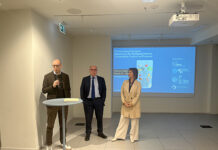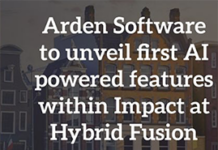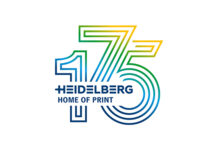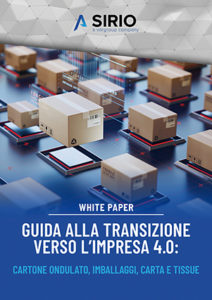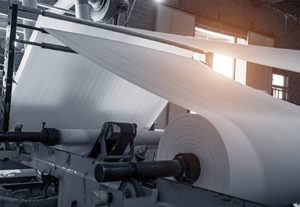 The paper industry has to deal with inefficiencies and wastes that cause higher costs and slowdowns in production. One of the universally recognized solutions to overcome these problems is called MES (Manufacturing Execution System).
The paper industry has to deal with inefficiencies and wastes that cause higher costs and slowdowns in production. One of the universally recognized solutions to overcome these problems is called MES (Manufacturing Execution System).
Vertical MES, defined for paper mills, corrugators and box factories, used to optimize production cycles, improving programming, reducing the percentage of waste, making plant management efficient and shortening time to market. Furthermore, the latest generation ones embody the Industry 4.0 paradigm, that is a full integration between information architecture and automation systems connected on the machine. This is why, therefore, MES can intervene in at least 3 types of waste from the paper industry: raw material, performance and energy consumption.
How to waste less raw material in the paper industry
In the paper industry, the correct supply of raw materials is a crucial phase. A purchase other than the actual requirement risks increasing the stock in the warehouse or not respecting delivery times. Modern MES for the paper industry have scheduling models that use mathematical algorithms with which it is possible to predict the result of the historical analysis of previous orders. In this way, for example, supplying can take place keeping in mind factors such as quantity and type that statistically come close to real production needs. Reason for which a MES which contemplates an advanced scheduling system avoids wastes connected to materials that do not perfectly correspond to the production flow.
The KPI and OEE indicators in the MES for the paper industry
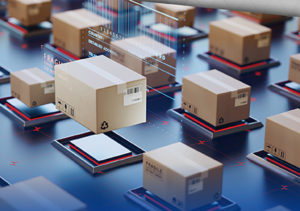
The second contribution that a MES used in the paper industry leads to the reduction of diseconomies is obtained thanks to constant monitoring of performance. This is a particular version of the Business Intelligence that the MES achieves by making available to all company levels the information necessary to guide informed tactical and strategic decisions. All the data collected that arrive from the production lines, from the execution of the orders, from the quality of the products are analyzed with the help of specific KPIs (Key Performance Indicators). Among these indicators, one of the most widespread in the paper industry is the OEE (Overall Equipment Effectiveness). It allows to cross-calculate the values of 3 indices referring to the functioning of the plants: availability, performance and quality. The first 2 measure, respectively, the production losses caused by downtime and the slowdown in production speed. Quality, on the other hand, is a parameter that accurately detects production wastes by comparing them with the outputs considered valid.
From the monitoring of the systems the control of consumption
The interesting aspect of the MES is that the OEE indexes are available in graphic form or, in any case, in a way that facilitates their immediate understanding. This fact simplifies, among other things, the control of energy consumption, a painful voice for the paper industry that mainly uses natural gas, taking on very expensive costs, among the highest in Europe. Therefore, having a continuously updated point of view on the progress of the machinery is a way of checking whether or not there is energy waste. Ultimately, therefore, an accurate and real-time analysis of performance also improves energy consumption is a result that the paper industry can obtain by virtue of a specific MES.
Enterprise 4.0: what it is and how to do it in the paper and packaging industry
Enterprise 4.0 technologies can contribute to increase the competitiveness of the paper and packaging industry that enjoys great vitality in Italy. To support the growth of this sector, the adoption of a Business model 4.0 capable of ensuring optimized performance is more necessary than ever.
A look at Enterprise 4.0 Key Enabling Technologies
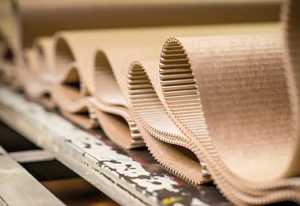 Regardless of whether or not resources are available for innovation in the paper and packaging supply chain, its digital transformation can no longer be postponed. In fact, Enterprise 4.0 is the name of the measures and facilitations that the various Italian governments have provided to encourage the metamorphosis, especially of Manufacturing, in Industry 4.0 or smart factories. A metamorphosis possible thanks to the so-called enabling technologies or KET (Key Enabling Technologies KET). At a macro level, KETs can be grouped into two areas: data technologies, attributable under the macro heading of Information Technology; production technologies, which refer to the field of OT (Operation Technology), i.e. industrial automation.
Regardless of whether or not resources are available for innovation in the paper and packaging supply chain, its digital transformation can no longer be postponed. In fact, Enterprise 4.0 is the name of the measures and facilitations that the various Italian governments have provided to encourage the metamorphosis, especially of Manufacturing, in Industry 4.0 or smart factories. A metamorphosis possible thanks to the so-called enabling technologies or KET (Key Enabling Technologies KET). At a macro level, KETs can be grouped into two areas: data technologies, attributable under the macro heading of Information Technology; production technologies, which refer to the field of OT (Operation Technology), i.e. industrial automation.
Why today the paper and packaging sector needs IT and OT technologies?
The paper and packaging sector is undoubtedly one of those that needs to resort to both groups of technologies covered by Enterprise 4.0. Whether the company operates in the production of reels for packaging and tissue, or that its business concerns corrugated cardboard or packaging, the integration of systems is the main way to compete.
This means that the MES (Manufacturing Execution System) that governs the production cycle in each plant must be able to communicate with the ERP (Enterprise Resource Planning) software that manages all the relevant processes of the company. And, in turn, the production and management data must be translated into KPI indicators with the help of advanced analytics and Business Intelligence tools. In fact, it is only through the cross-knowledge of these data that the information necessary to improve production flows, identify inefficiencies and lower costs can be obtained.
The cyber-physical convergence of Enterprise 4.0 applied to paper
The real novelty of the Enterprise 4.0 paradigm lies in the ability to combine this knowledge with the automation mechanisms enabled by IoT sensors. Cyber-physical convergence is an often repeated concept of Enterprise 4.0, the circular dimension in which “intelligent” objects and people constantly interact by sharing precious data. In the paper industry, this convergence coincides with the possibility of intervening promptly, if not in advance, during the processing phases, by reprogramming the production lines based on the information constantly collected on the machine. It also coincides with a decrease in recycling waste, perhaps one of the most critical aspects of the sector. Finally, it coincides with a new approach in plant maintenance, logistics, supplies, energy efficiency. All areas that the IT and OT technologies of Impresa 4.0 combined together are able to optimize enormously.
PAPER NG: Transform your company into an Enterprise 4.0
Adopt specific Smart Factory and Smart Manufacturing solutions for the Paper, Corrugated Cardboard and Packaging sectors
Now that you know the great potential of the 4.0 paradigm, find out what PAPER NG can do for your company:
- APS: optimizes the planning of all productive resources with cognitive mathematical algorithms
- MES: connects all machines and handling systems and monitors production in real time
- WMS: manages the warehouses and traceability of reels, sheets, boxes and optimizes shipments
- HMI: provides line staff with information to quickly intervene on critical issues and performance
- BI / OEE: creates production reports with KPI and analysis of OEE performance
- WEB: makes available the production monitor and the detail of orders on mobile devices
PAPER NG complies with the requirements of the italian national plan Enterprise 4.0 which, throughout 2020, allows you to take advantage of the 15% tax credit.







